What is the Difference between Racking and Shelving?
In the ever-competitive world of bulk storage, many people think shelving and racking are the same thing, but they are two different products, with different functions….
Racking
Racking is commonly regarded as higher, wider and deeper. Think of warehouse storage units where racking would be the favoured method in storing massive quantities of stock. This racking method is made in order for products to be accessed such as boxes or large containers. Because of the large volume and weight of the storage crates, they are able to be accessed and transported by assisted machinery such as a forklift. Therefore, you can expect racks to be more durable due to the access it should provide and tolerate through the usage of forklifts.
Racks are designed and constructed to offer designated employees with access to stored materials with cherry pickers or forklifts which carry materials to the required level. Because of this, racking takes advantage of the vertical element to increase cubed masses.
Shelving
Shelving, on the other hand is commonly used for storing products that need to be accessed by hand. Storage shelves are usually made of solid materials that can sustain small items. A good example is the shelving that is used in super markets. They are simply accessible for customers and to be stocked by employees. Shelving does not require assisted machinery in order to stock items. One can also observe that shelving has a rounded look, this is because it not only aids as a method of storage but also for display and promotional usage.
Shelving is naturally designed and built to mostly store materials which can be accessed by hand, which includes files, tools, products and automotive accessories. Shelves are characterised by the hard, counter-like surface which is used to support stock and therefore does not have the scaffold like, mesh platform appearance of racking.

